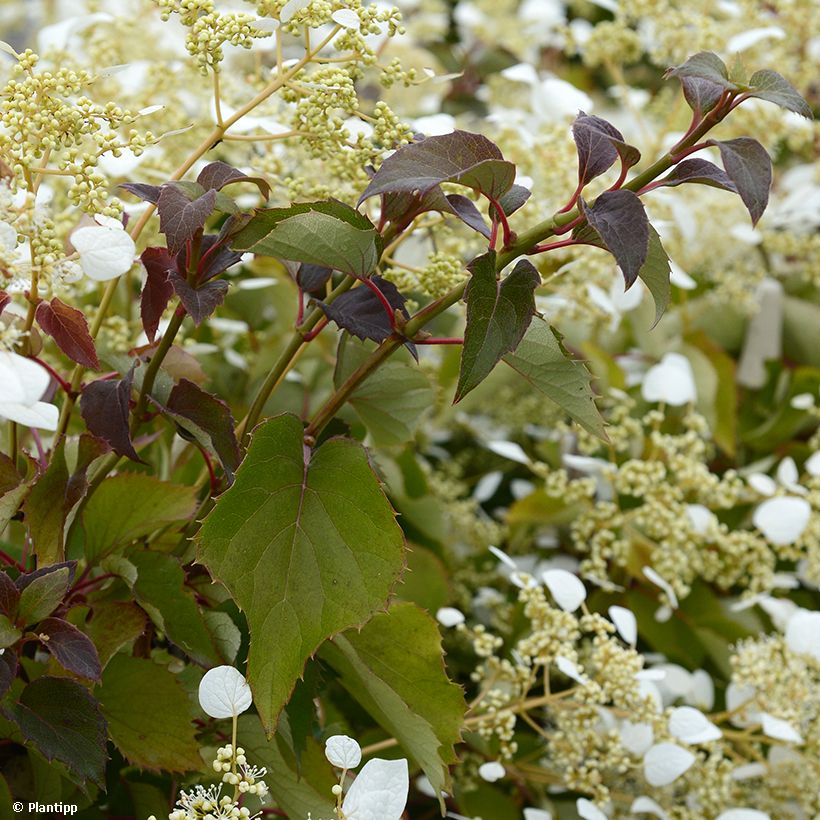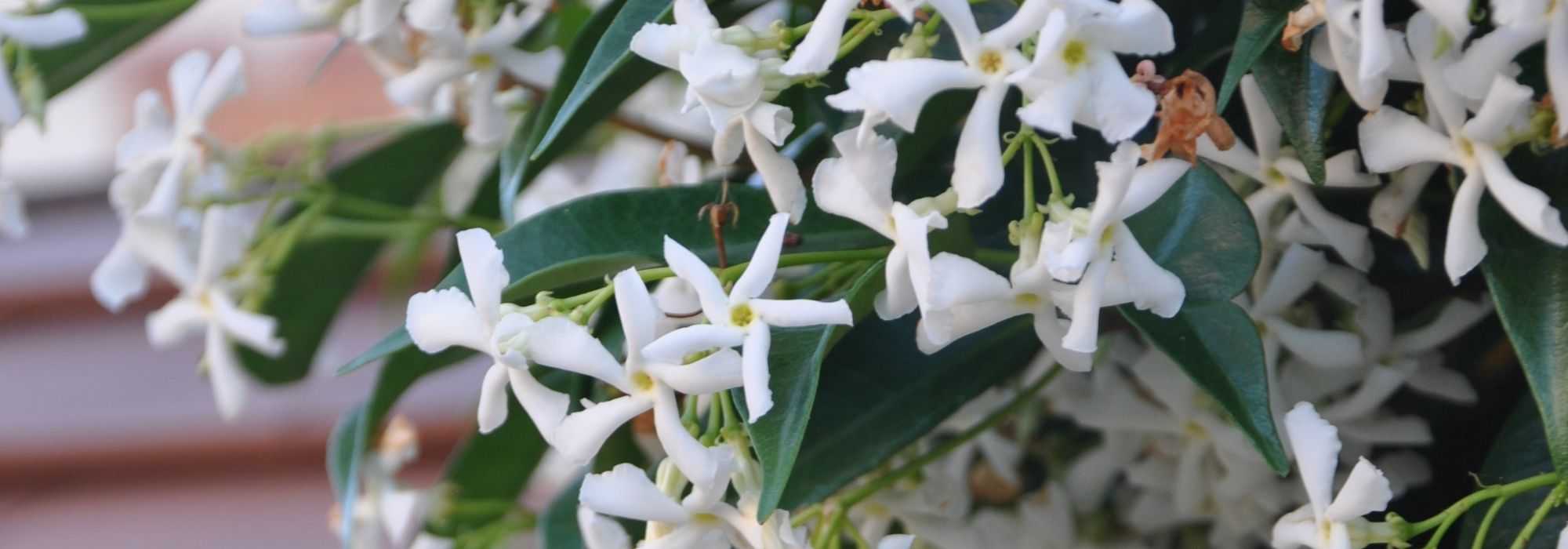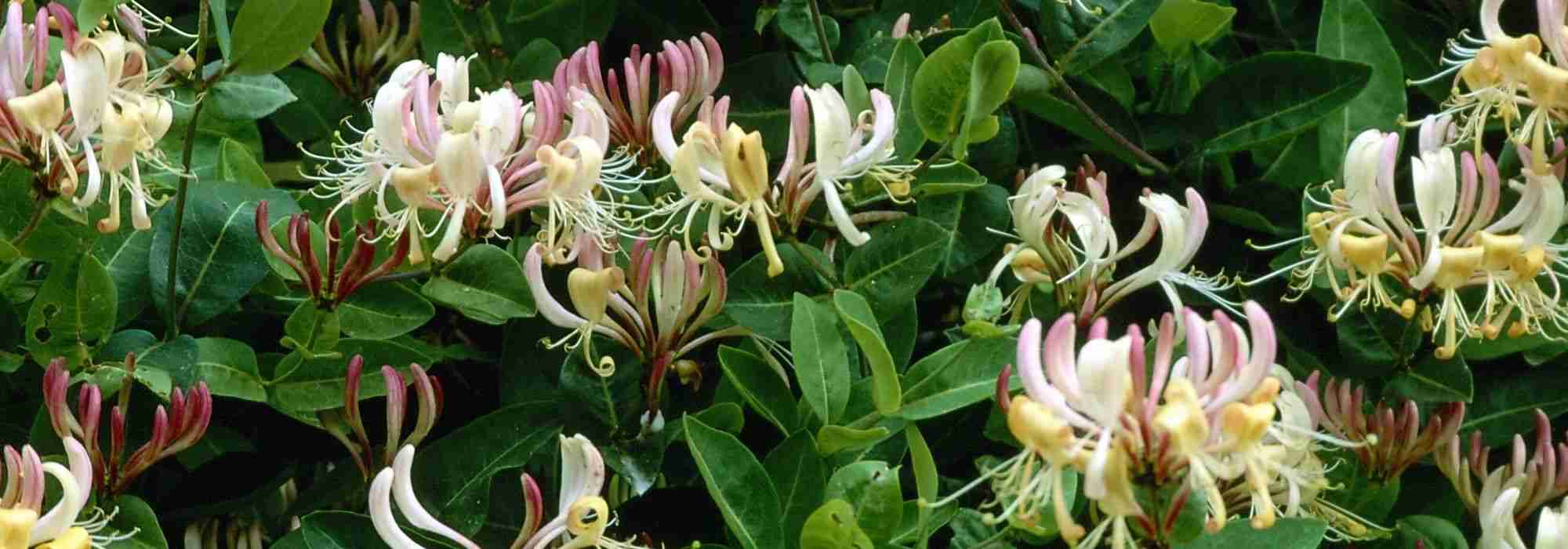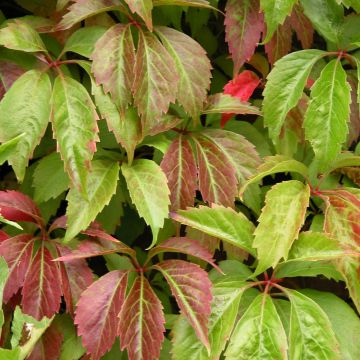

Schizophragma hydrangeoides Snow Sensation - Faux hortensia grimpant


Schizophragma hydrangeoides Snow Sensation


Schizophragma hydrangeoides Snow Sensation - Faux hortensia grimpant


Schizophragma hydrangeoides Snow Sensation - Faux hortensia grimpant


Schizophragma hydrangeoides Snow Sensation - Faux hortensia grimpant
Schizophragma hydrangeoides Snow Sensation
Schizophragma hydrangeoides Snow Sensation 'Minsnow3'
Japanese Hydrangea Vine
Special offer!
Receive a €20 voucher for any order over €90 (excluding delivery costs, credit notes, and plastic-free options)!
1- Add your favorite plants to your cart.
2- Once you have reached €90, confirm your order (you can even choose the delivery date!).
3- As soon as your order is shipped, you will receive an email containing your voucher code, valid for 3 months (90 days).
Your voucher is unique and can only be used once, for any order with a minimum value of €20, excluding delivery costs.
Can be combined with other current offers, non-divisible and non-refundable.
Home or relay delivery (depending on size and destination)
Schedule delivery date,
and select date in basket
This plant carries a 6 months recovery warranty
More information
We guarantee the quality of our plants for a full growing cycle, and will replace at our expense any plant that fails to recover under normal climatic and planting conditions.
Would this plant suit my garden?
Set up your Plantfit profile →
Description
Schizophragma hydrangeoides ‘Snow Sensation' is a very beautiful improvement of the climbing false hydrangea, more vigorous and more floriferous than the species, from a young age. In summer, it is covered with large cream-white inflorescences that resemble those of certain hydrangeas in their delicacy and lightness. In spring, the plant reveals young red shoots, then a dark green foliage with a bluer reverse, enhanced by the red petioles that bear the leaves. Equipped with small aerial roots, this Schizophragma clings firmly to its support: tree, fence or wall. It is a very good choice to brighten up cool shady areas of the garden.
Schizophragma hydrangeoides ‘Snow Sensation’ belongs to the Hydrangeaceae family. It is a French horticultural creation from Hortival Diffusion dating back to 2018. Schizophragma are plants closely related to climbing hydrangeas. They originate from wooded and humid regions of Asia, China, the Himalayas, Japan, and Korea. This Snow Sensation cultivar will reach about 10 m (33ft) in height and spread over 3-4 m. From 3 years old, the Schizophragma attaches itself with climbing roots and aerial roots, just like ivy. In June-July, a long and abundant flowering takes place that lasts at least 3 weeks, mainly at the end of the stems. It takes the form of airy inflorescences with a diameter of 15-20 cm (6-8in) composed of small bunches of tiny fertile yellowish to cream-white nectar-rich flowers in the centre, surrounded by sterile flowers with large heart-shaped, veined, pearly white bracts. The foliage is deciduous and consists of leaves measuring 6 to 12 cm (2 to 5in) long, opposite on the branches, with a finely toothed margin and carried by red petioles. This climbing false hydrangea is a very hardy plant that withstands temperatures down to -20°C.
Schizophragma hydrangeoides 'Snow Sensation' does not like soils that are too dry, too poor, or limestone. If necessary, add humus to maintain moisture and lower the pH of your soil, and apply well-rotted compost around the base of the plant. Very decorative effect on a north-facing wall or on the trunk of a mature tree. While it enjoys a shaded and protected position, it needs light to flower properly, with the morning sun being ideal. This woody climber can also run along the ground, like ivy, brightening up the neglected and dark areas of the garden.
Schizophragma hydrangeoides Snow Sensation in pictures




Plant habit
Flowering
Foliage
Botanical data
Schizophragma
hydrangeoides
Snow Sensation 'Minsnow3'
Hydrangeaceae
Japanese Hydrangea Vine
Cultivar or hybrid
Planting and care
Schizophragma Snow Sensation does not like dry and poor soils, nor limestone. If necessary, add organic matter to maintain moisture (the soil should never completely dry out, otherwise it will be impossible to rehydrate) and reduce the pH of your soil, if too limestone-rich. Also, add compost and potting soil. Plant it in autumn or spring. Dig a hole at least 50 cm (20in) deep and mix organic matter and bonemeal with the original soil. A humus-rich, clayey, moist, but well-drained soil is ideal.
The most suitable exposure is partial shade. However, you can place them in the sun, but protect the base from direct rays. Avoid excessively hot areas and the setting sun. Regular fertilizer applications will benefit this demanding plant. Staking is necessary until the aerial roots have a good grip. Light pruning should be done at the end of winter to remove faded flowers from the previous season. You can remove unruly or tangled stems in autumn.
Planting period
Intended location
Care
Planting & care advice
This item has not been reviewed yet - be the first to leave a review about it.
Similar products
Haven't found what you were looking for?
Hardiness is the lowest winter temperature a plant can endure without suffering serious damage or even dying. However, hardiness is affected by location (a sheltered area, such as a patio), protection (winter cover) and soil type (hardiness is improved by well-drained soil).

Photo Sharing Terms & Conditions
In order to encourage gardeners to interact and share their experiences, Promesse de fleurs offers various media enabling content to be uploaded onto its Site - in particular via the ‘Photo sharing’ module.
The User agrees to refrain from:
- Posting any content that is illegal, prejudicial, insulting, racist, inciteful to hatred, revisionist, contrary to public decency, that infringes on privacy or on the privacy rights of third parties, in particular the publicity rights of persons and goods, intellectual property rights, or the right to privacy.
- Submitting content on behalf of a third party;
- Impersonate the identity of a third party and/or publish any personal information about a third party;
In general, the User undertakes to refrain from any unethical behaviour.
All Content (in particular text, comments, files, images, photos, videos, creative works, etc.), which may be subject to property or intellectual property rights, image or other private rights, shall remain the property of the User, subject to the limited rights granted by the terms of the licence granted by Promesse de fleurs as stated below. Users are at liberty to publish or not to publish such Content on the Site, notably via the ‘Photo Sharing’ facility, and accept that this Content shall be made public and freely accessible, notably on the Internet.
Users further acknowledge, undertake to have ,and guarantee that they hold all necessary rights and permissions to publish such material on the Site, in particular with regard to the legislation in force pertaining to any privacy, property, intellectual property, image, or contractual rights, or rights of any other nature. By publishing such Content on the Site, Users acknowledge accepting full liability as publishers of the Content within the meaning of the law, and grant Promesse de fleurs, free of charge, an inclusive, worldwide licence for the said Content for the entire duration of its publication, including all reproduction, representation, up/downloading, displaying, performing, transmission, and storage rights.
Users also grant permission for their name to be linked to the Content and accept that this link may not always be made available.
By engaging in posting material, Users consent to their Content becoming automatically accessible on the Internet, in particular on other sites and/or blogs and/or web pages of the Promesse de fleurs site, including in particular social pages and the Promesse de fleurs catalogue.
Users may secure the removal of entrusted content free of charge by issuing a simple request via our contact form.
The flowering period indicated on our website applies to countries and regions located in USDA zone 8 (France, the United Kingdom, Ireland, the Netherlands, etc.)
It will vary according to where you live:
- In zones 9 to 10 (Italy, Spain, Greece, etc.), flowering will occur about 2 to 4 weeks earlier.
- In zones 6 to 7 (Germany, Poland, Slovenia, and lower mountainous regions), flowering will be delayed by 2 to 3 weeks.
- In zone 5 (Central Europe, Scandinavia), blooming will be delayed by 3 to 5 weeks.
In temperate climates, pruning of spring-flowering shrubs (forsythia, spireas, etc.) should be done just after flowering.
Pruning of summer-flowering shrubs (Indian Lilac, Perovskia, etc.) can be done in winter or spring.
In cold regions as well as with frost-sensitive plants, avoid pruning too early when severe frosts may still occur.
The planting period indicated on our website applies to countries and regions located in USDA zone 8 (France, United Kingdom, Ireland, Netherlands).
It will vary according to where you live:
- In Mediterranean zones (Marseille, Madrid, Milan, etc.), autumn and winter are the best planting periods.
- In continental zones (Strasbourg, Munich, Vienna, etc.), delay planting by 2 to 3 weeks in spring and bring it forward by 2 to 4 weeks in autumn.
- In mountainous regions (the Alps, Pyrenees, Carpathians, etc.), it is best to plant in late spring (May-June) or late summer (August-September).
The harvesting period indicated on our website applies to countries and regions in USDA zone 8 (France, England, Ireland, the Netherlands).
In colder areas (Scandinavia, Poland, Austria...) fruit and vegetable harvests are likely to be delayed by 3-4 weeks.
In warmer areas (Italy, Spain, Greece, etc.), harvesting will probably take place earlier, depending on weather conditions.
The sowing periods indicated on our website apply to countries and regions within USDA Zone 8 (France, UK, Ireland, Netherlands).
In colder areas (Scandinavia, Poland, Austria...), delay any outdoor sowing by 3-4 weeks, or sow under glass.
In warmer climes (Italy, Spain, Greece, etc.), bring outdoor sowing forward by a few weeks.

















































